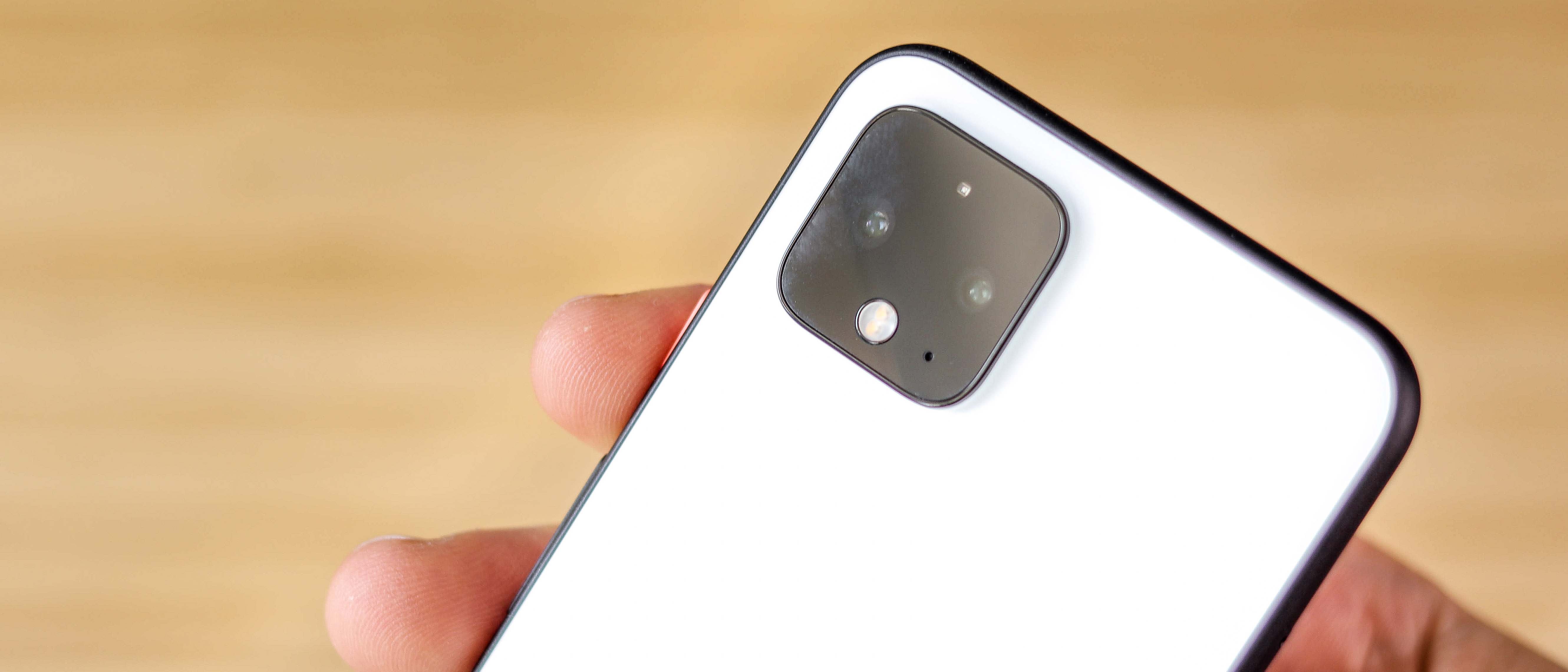Digital Camera World Verdict
The Pixel 4 is a pricey phone with poor battery life - that in itself will put many off. If you’re a power user who wants to grab loads of photos and videos, its storage options aren’t great, and while its camera is fantastic at night, this year, so is the iPhone’s. If you’ve got your heart set on a Pixel 4, go for the XL as that makes it through a day, though be warned, it also starts at a pricey $899 / £829.
Pros
- +
Excellent point and shoot camera
- +
Astrophotography mode impressed
- +
Matte glass finish feels great
Cons
- -
Poor battery life
- -
No ultra-wide lens
- -
Low storage capacity options
- -
Occasional UI gremlins
Why you can trust Digital Camera World
The Pixel 3 and Pixel 3A shook smartphone photography and challenged preconceptions, beating out dual, triple and quad-camera competition with its single camera. Expectations of the Google Pixel 4’s camera have been through the roof, and while there’s a new telephoto module, it’s still falling short of best camera phones on paper, with no ultra-wide option.
Google’s also holding back on the specs front. The Pixel 4’s storage capacity options are either 64GB or 128GB, with no 256GB option, let alone 512GB. Additionally, it only packs a 2800mAh battery, which is definitely on the low side, even if its 5.7-inch screen isn’t too big. That said, this phone is about brains, not brawn, and with some new sensors, it brings secure face recognition to the table, gesture input and some smart software enhancements too.
Starting at $799/£669, it isn’t the priciest flagship around by any means, but neither is it offering the same value as found on the OnePlus 7T or the Xiaomi Mi 9T Pro. The question is though, does the Google Pixel brand still deliver the best camera phone money can buy.
Google Pixel 4: camera specifications
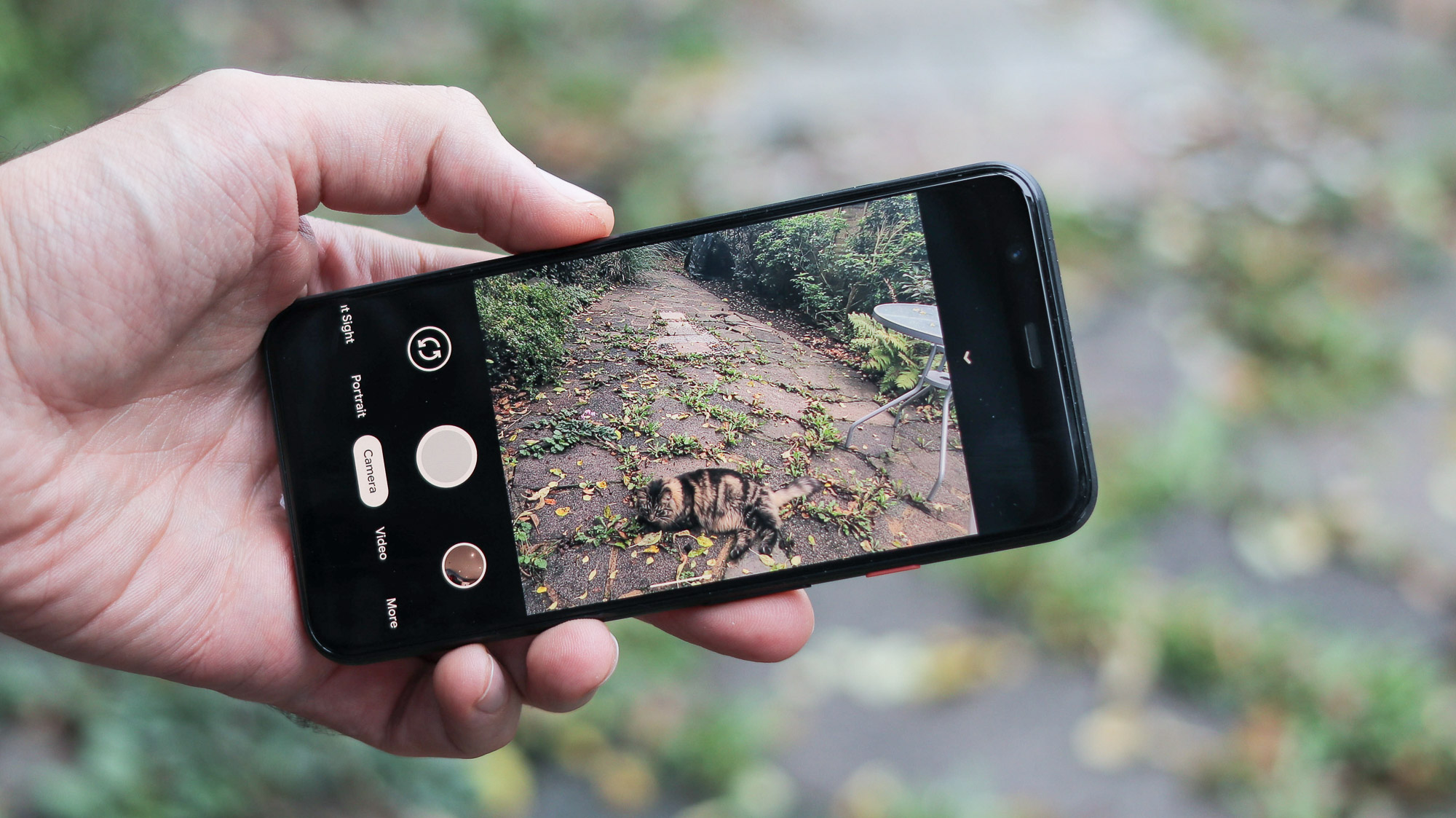
The Google Pixel 4’s primary camera’s 12MP 1/2.55 sensor features 1.4µm pixels, dual-pixel and phase detection autofocus, as well as OIS and a 28mm focal length with an f/1.7 aperture.
Google has finally conceded and added another camera to its Pixel’s setup, a 16MP telephoto camera with an f/2.4 aperture and a 45mm focal length.
Modes:
The Pixel 4’s shooting modes are virtually identical to those of the Pixel 3, with Night Sight, Portrait, Camera, Video, Panorama, PhotoSphere, Slow Motion, Time Lapse, Playground (AR effects) and Google Lens (Google’s visual assistant) all present.
That said, a separate highlights and shadows slider has been added, appearing when a focal point is tapped within the Pixel 4’s viewfinder. This can be a fantastic tool when you want to slightly ramp up the lowlights.
There are quick toggles for simple tools like self-timers, and more advanced settings, enabling options like framing hints, which help you frame shots, telling you to raise the camera when taking a selfie etc. The Pixel 4 can also recognise frequent faces, show a dirty lens warning, and shoot RAW+JPEG as well.
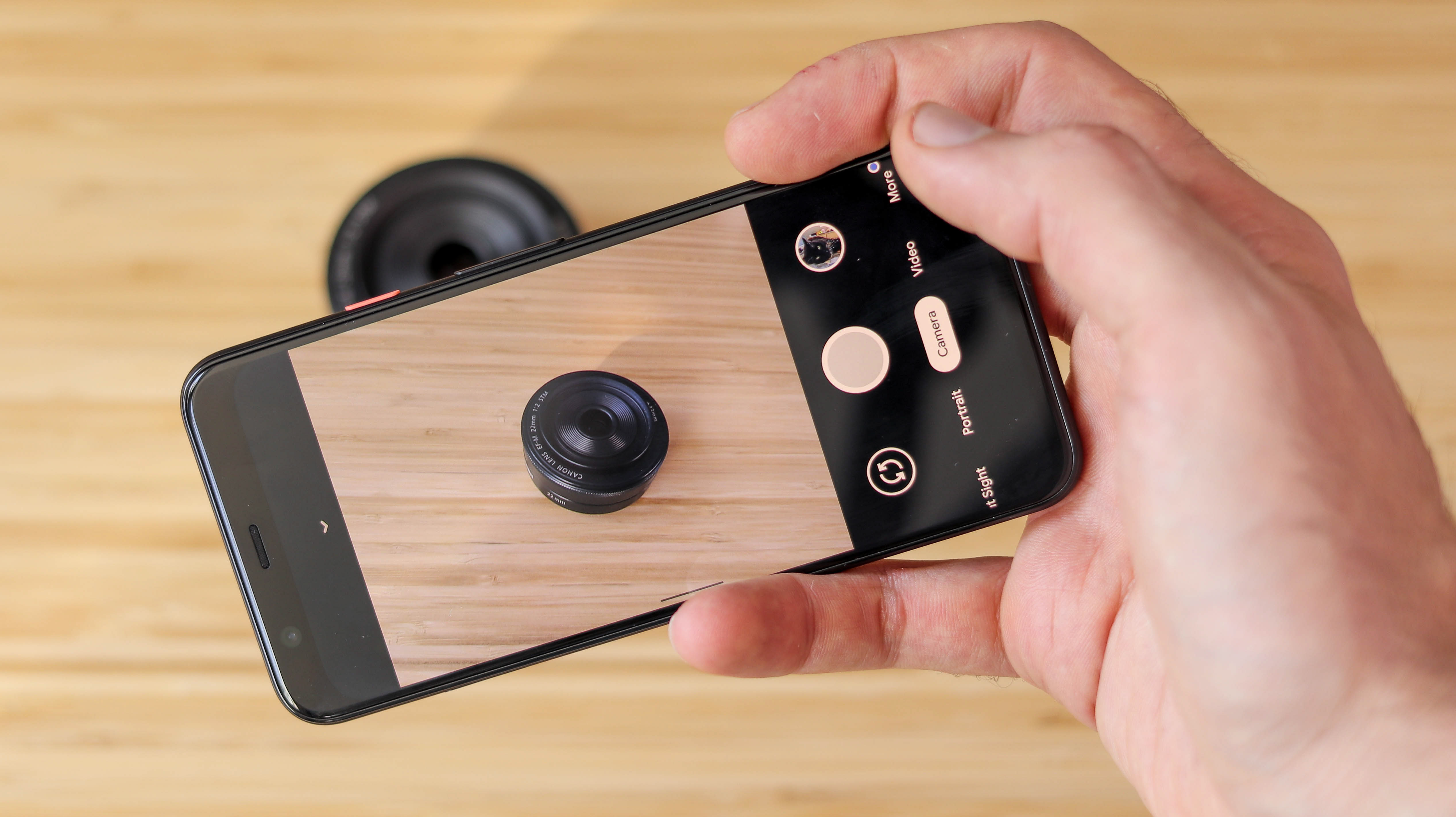
Image quality:
In automatic mode, the Pixel 4 is a fantastic point and shoot camera. Give it good lighting and it captures punchy images which still pack balance, as well as plenty of detail.
Compared to the iPhone 11 Pro, the Pixel 4 exposes scenes a little darker, creating a more realistic image most of the time with less of an HDR effect.
Dynamic range is still exceptional; it always has been on the Pixel line, with the 4-series doing a particularly good job of evening out extreme highlights. When the lights go down, the Pixel 4 isn’t afraid of letting a little noise shine through though.
The new Astromode is without a doubt, the biggest selling point of the latest Pixel’s camera, holding the shutter open for in excess of four minutes to grab huge amounts of detail from night skies.
To actually see galaxies, as demoed at the launch event, you need a perfectly clear sky and no light pollution, something we didn’t have in London in our time with the phone. That said, even the results we were able to capture were sensational.
The Pixel 4’s portrait mode is excellent across both the front and rear cameras. It shoots both objects and people alike and captures a defocused and standard shot simultaneously so even if its depth mapping misses the mark, you’ll have a usable shot.
The new 8MP Pixel 4 selfie camera is a downgrade on paper compared to last year’s Pixel 3, given the fact it features a fixed-focus single lens. Despite this, it still performs very well with a 90-degree wide-angle and captures flattering shots. Packing its own night mode, it’s also the best front camera we’ve used in low light conditions when a flash is out of the question. That said, unlike the iPhone 11s and Note 10 Plus, its video is capped at Full HD which is a letdown.
We really miss having an ultra-wide camera when using the Pixel 4. You lose out on capturing high-impact cityscapes and it just can’t get as much in the frame unless you flip to Panorama or Photosphere, neither of which can deal with moving objects.
Google still has one of the best camera phones around in its latest Pixel, but it isn’t the unequivocal champion the series once was.
Sample images
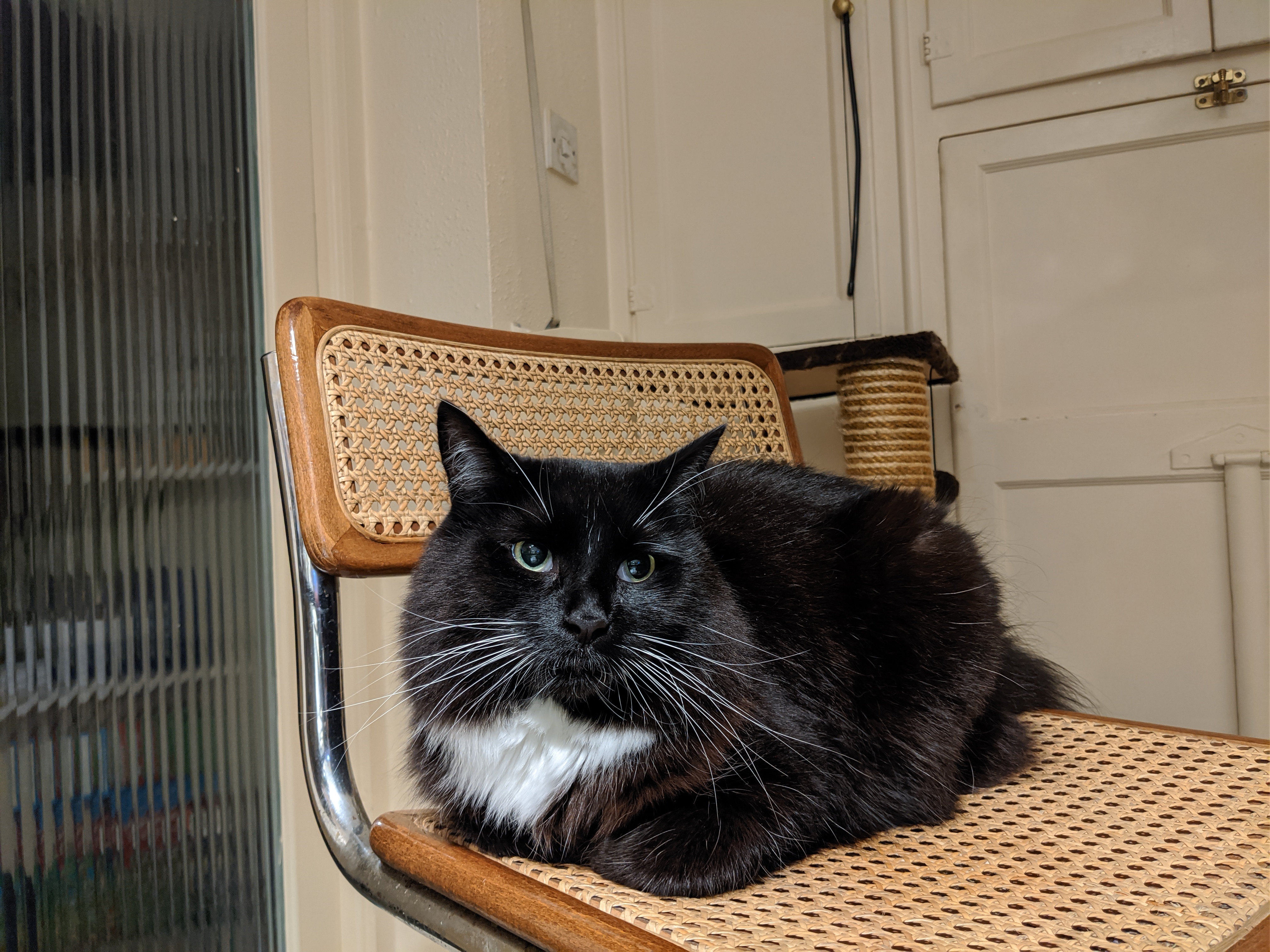
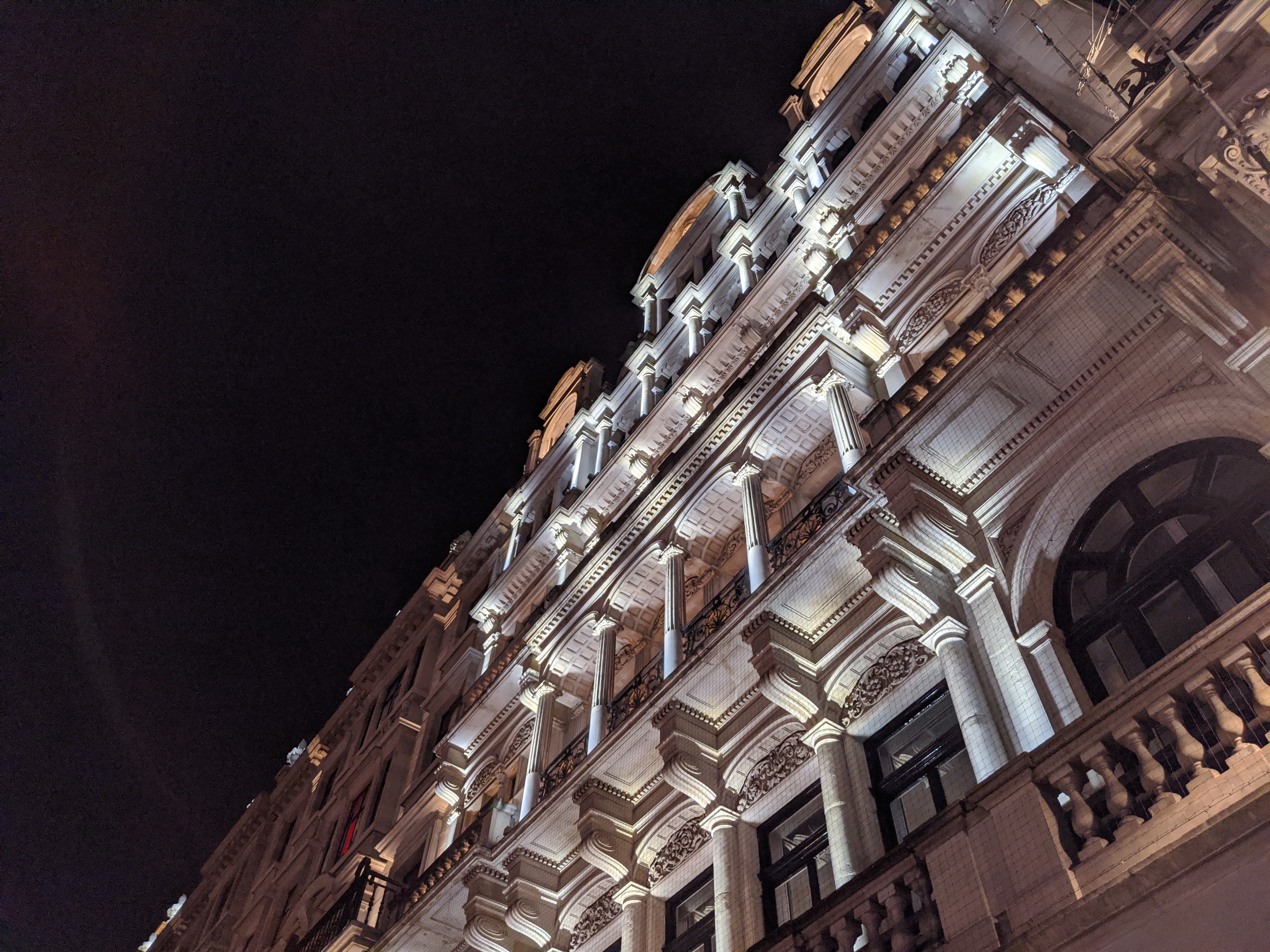

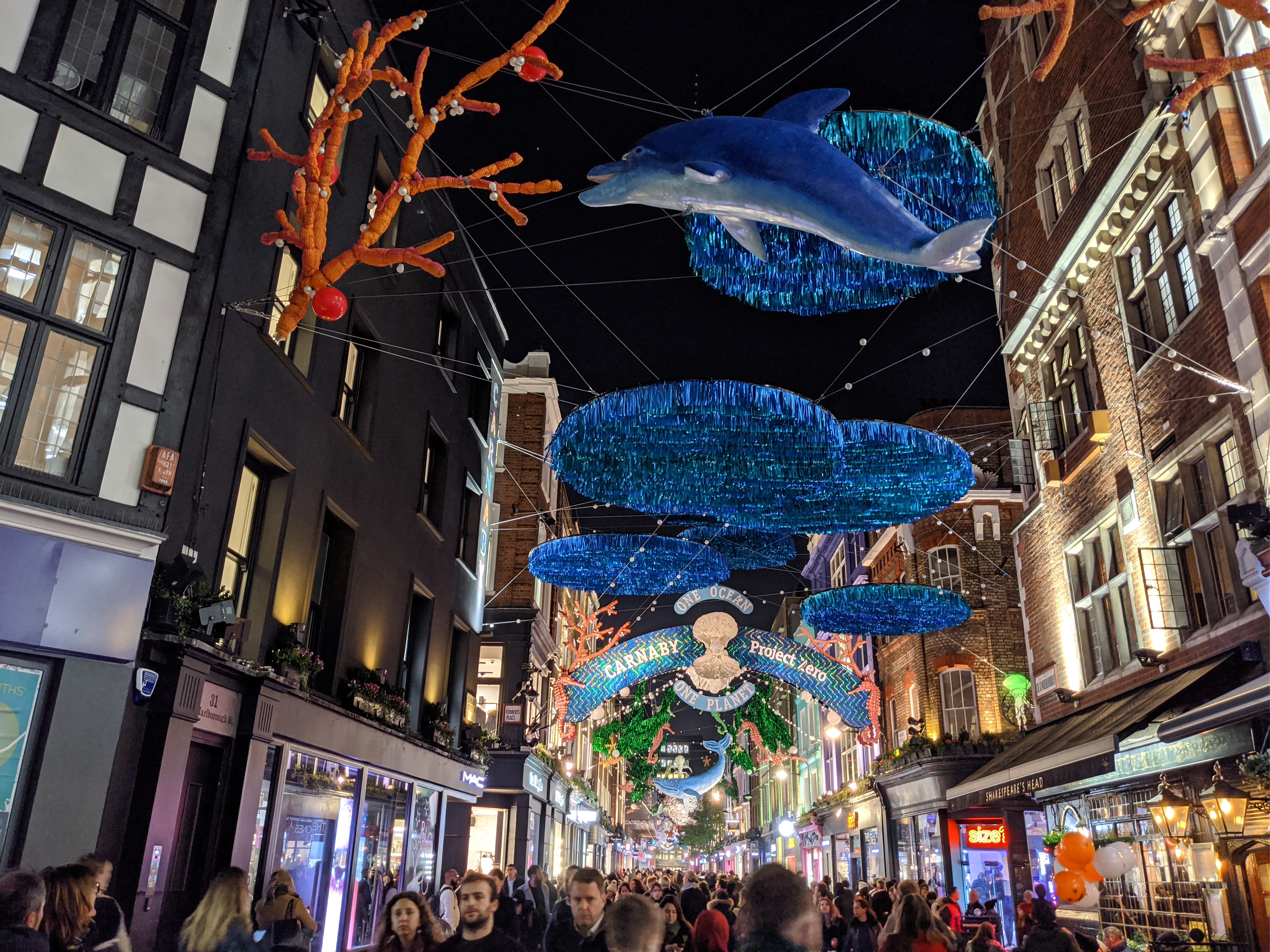
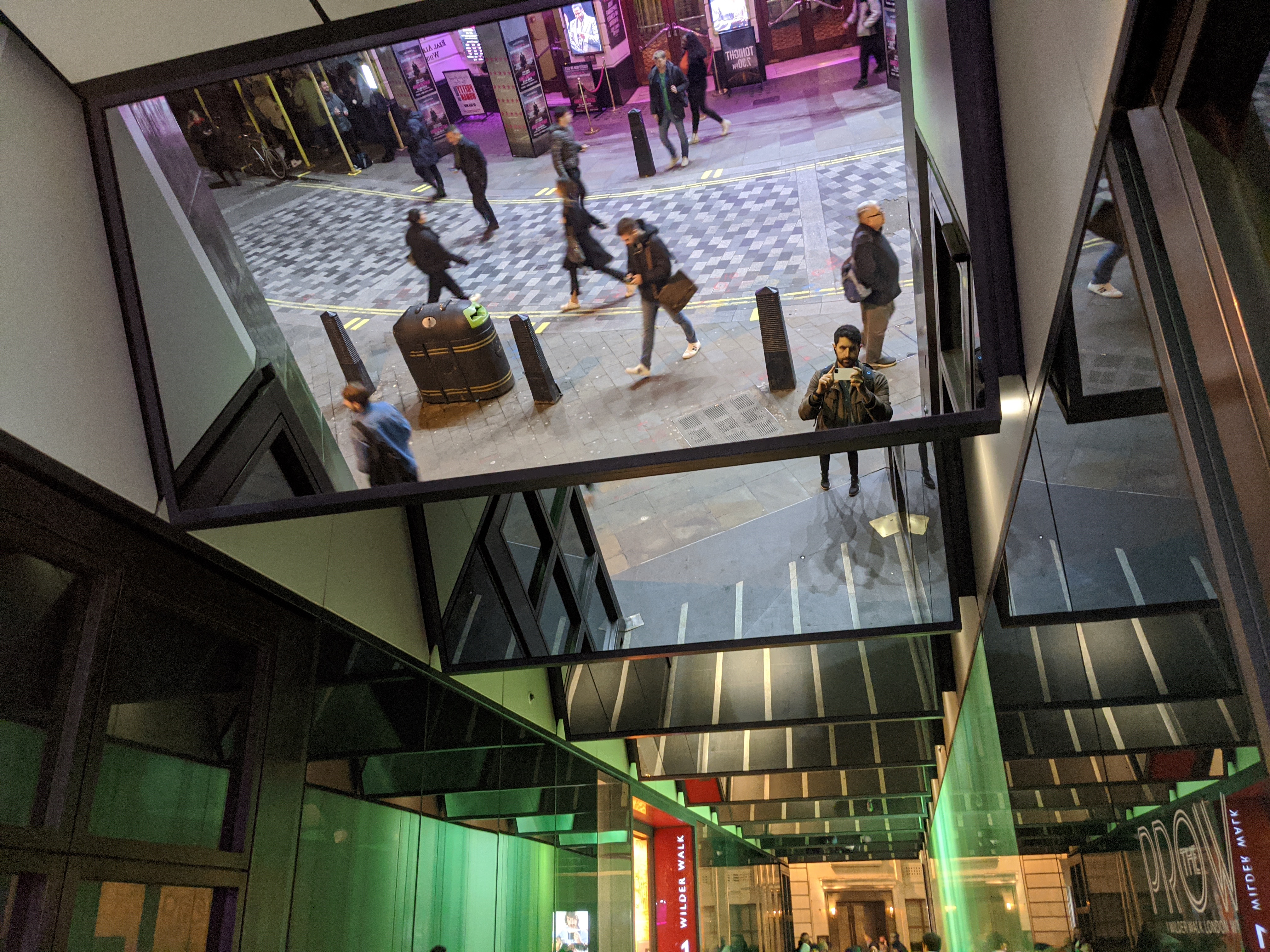
Google Pixel 4: battery, OS and connections
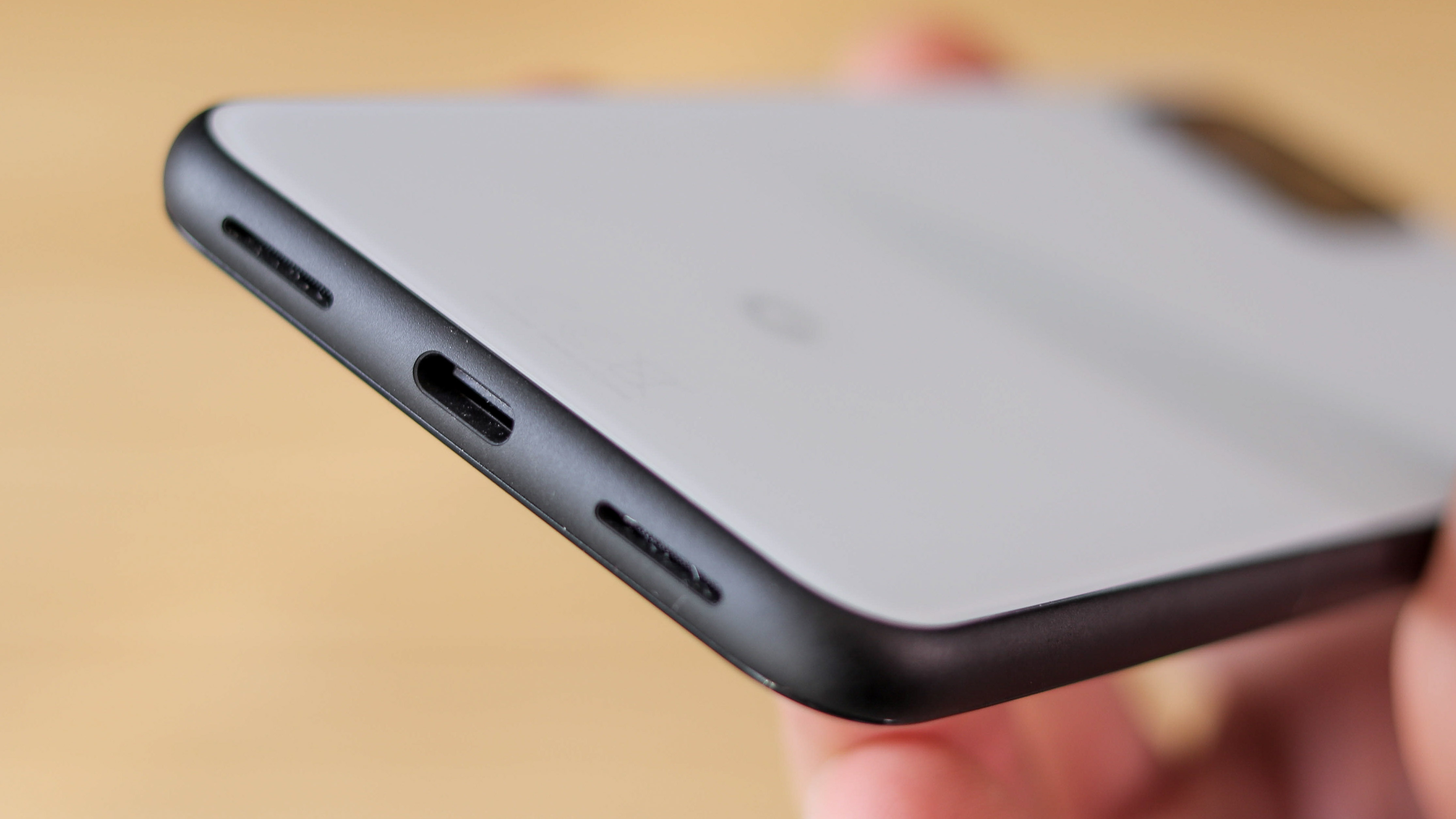
The Pixel 4 has a smaller battery than its predecessor, clocking in at 2800mAh. With support for 18W fast charging, it powers up relatively quickly, and there’s also 11W fast wireless charging too. All that sounds great, but the Pixel 4’s battery performance is poor. It dies before the day’s out with heavy use, performing significantly worse than the Pixel 4 XL.
Running Android 10, the phone is as future-proofed as any Android, and with new secure face unlocking, its biometrics get you into it that bit quicker than a fingerprint scanner might. App support is great, and the interface looks slick with the display’s 90Hz refresh rate ensuring swipes are silky smooth.
The Pixel 4 did get warm in our time with it, though stability was respectable. Our main issue with performance was in the camera app though. Frequently, when we came to review the last picture we took, our Pixel 4 would show us an older picture. This also happens on our Pixel 3, so we’re not inclined to chalk it down to early software.
In just over a week with the phone, we’ve taken over 20GB of photos and videos and have filled up its internal storage. At $799/£669 for a 64GB version (and $899/£769 for the 128GB option), it’s as if Google doesn’t want you to capture content freely.
The fact that the Pixel 4 is also the first of its series to ditch the free full-resolution backups to Google Photos feature is another black mark against it. This time around, you get three months of Google One cloud storage, after which you have to pay £1.59 a month or £15.99 a year for 100GB - how very Apple of the big G.
As for power, the phone’s Snapdragon 855 processor and 6GB RAM is good, but isn’t class-leading. There are some great software flourishes on board though - the recording app, for example, can capture live transcription which is incredibly accurate. The Pixel 4’s front sensors can also detect motion around it, pulsing the screen on and priming it to scan your face and fire up your phone.
Additionally, if ambient music’s playing, the track and artist will be identified and on your lock screen, just like last year’s Pixels, and the squeezy sides are back if you want to wake Google Assistant without your voice. These are all thoughtful touches that help ease the sting of the phone’s price and poor battery performance.
Google Pixel 4: Verdict
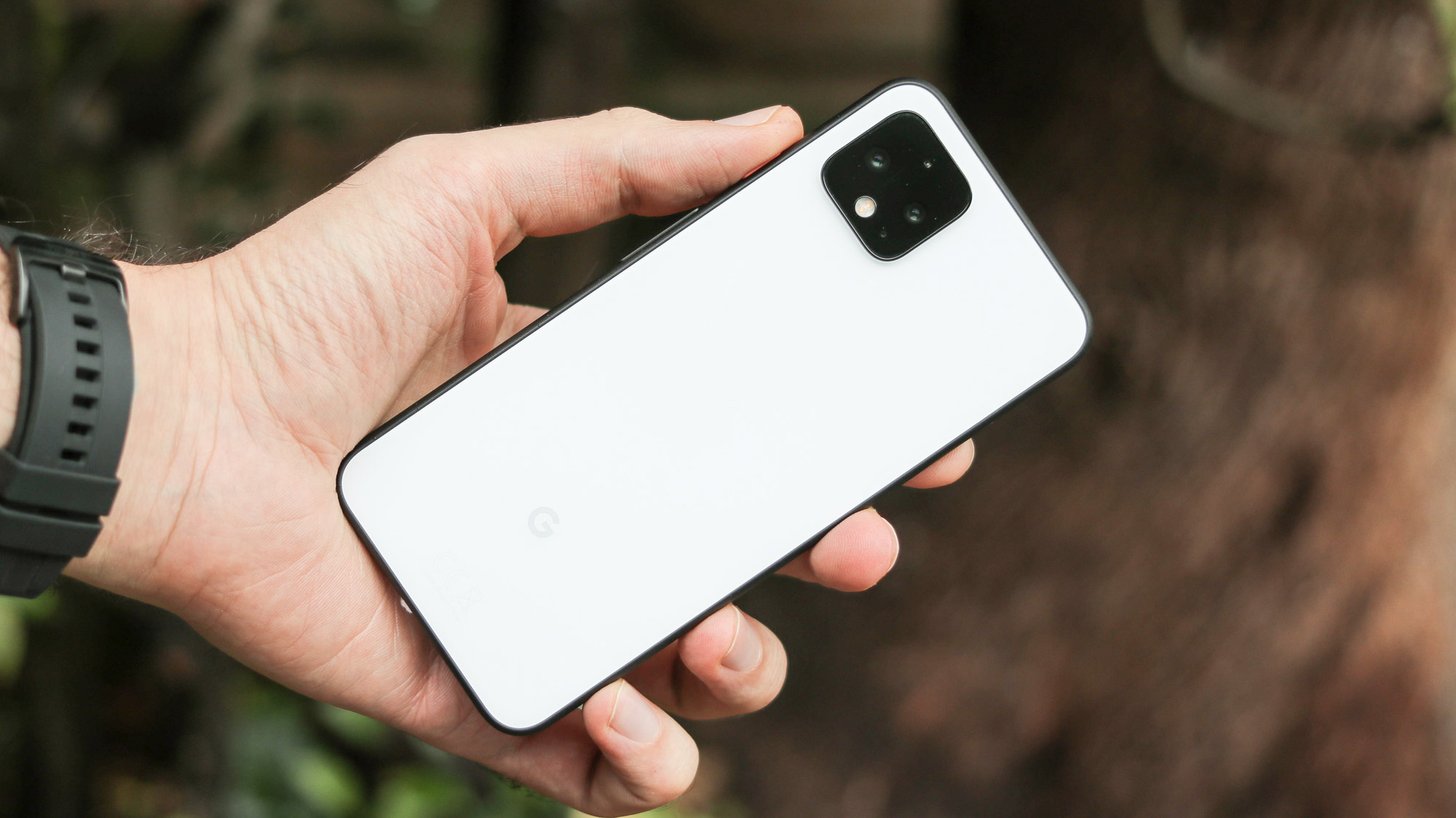
The Pixel 4 looks great, runs stock Android 10, and has a great camera. It also has poor battery performance, is expensive and doesn’t offer enough storage options.
With other phones like the OnePlus 7T costing £549, packing three cameras, a 90Hz display, more power and 128GB storage though, not to mention the fantastic value Mi 9T Pro, there are other options that offer better value for money.
This is the first year the iPhone has also stepped up to the plate when it comes to night photography, and if you want a Pixel 4, check out the Pixel 4 XL - yes, it costs even more, but it’s the only Pixel 4 that will get you through a full day.
Read more
• The best camera phone in 2019
• Best budget camera phone
• Best selfie sticks for your smartphone
• The best iPhone tripods
• The best gimbals for your iPhone, GoPro and camera
• The best phone cases to protect your camera phone
• The best 5G phone for photographers
Basil Kronfli is a freelance technology journalist, consultant, and content creator. He trained in graphic design and started his career at Canon Europe before moving into journalism. Basil is also experienced in video production, independently running the YouTube channel TechEdit, and during his time at Future, he worked alongside the Digital Camera World team as a senior video producer.
